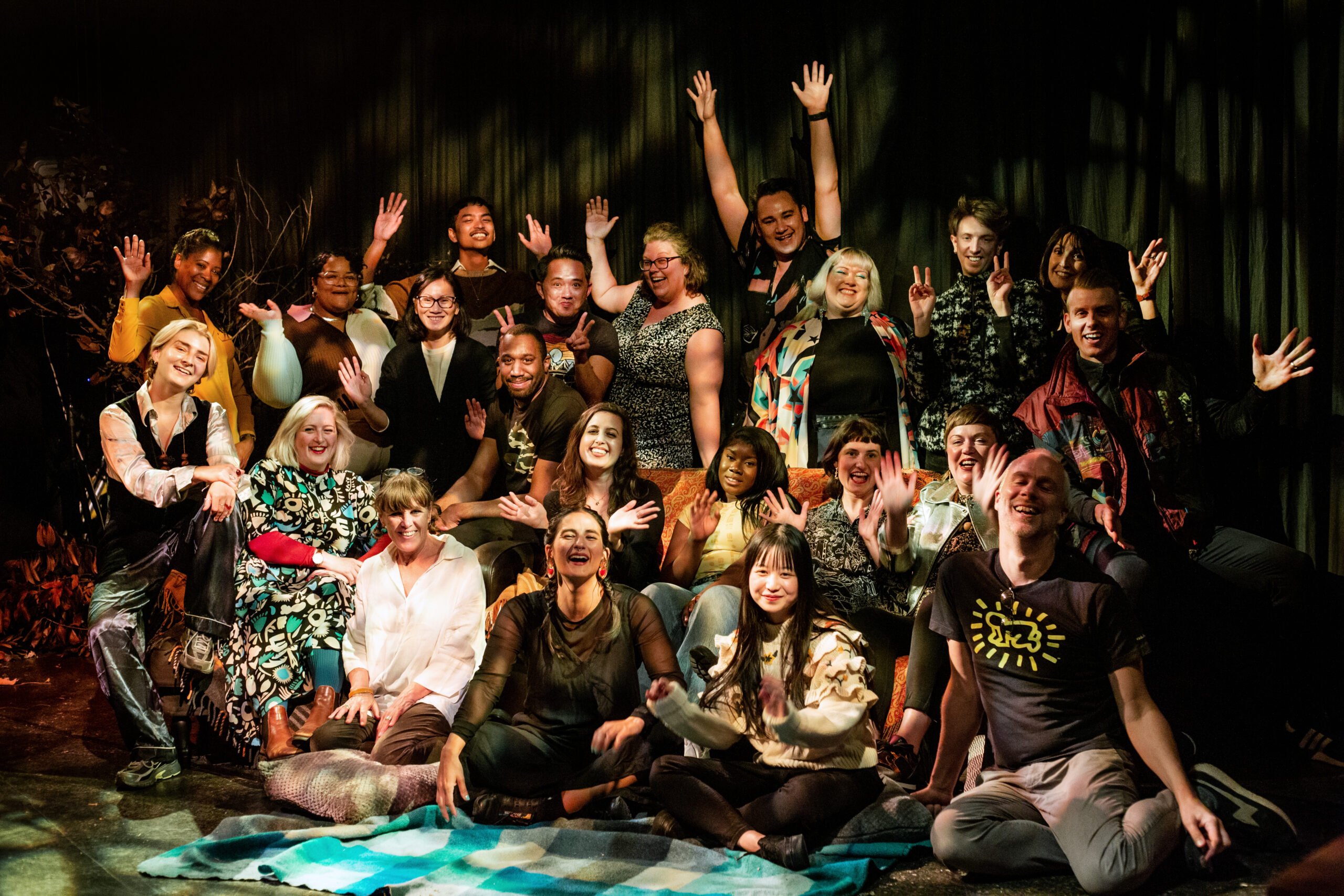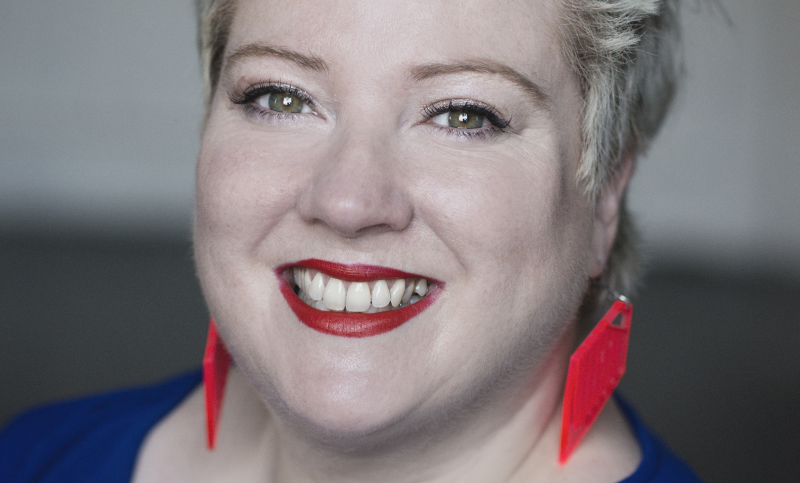
Artsadmin staff
Photo: Bettina Adela
Pilot to engage artist as salaried employee
In a radical move, Artsadmin is offering a year-long contract for an artist to undertake place-based research. Patrick Jowett has been speaking to Artistic Director Róise Goan about how the initiative developed.
Artsadmin is a production company based in East London working with artists and communities on projects exploring social and environmental justice. It has announced a year-long pilot residency scheme, Artist in Residency (AiR), which starts in September this year, that will give an artist the opportunity to develop research in the communities local to its home.
Unusually, the residency will offer an annual salary plus associated employer-benefits including pension contribution, National Insurance payments and sick leave. Arts Professional's Patrick Jowett wanted to find out more.
Responding to change
Patrick Jowett (PJ): What are the biggest challenges for performance-making artists in today’s climate?
Róise Goan (RG): It doesn’t feel very imaginative to say time and money, but I think it’s time and money. Everyone is feeling the squeeze of the cost-of-living crisis, but the arts are also feeling the impact of declining arts funding over the past 12 years and the decline of international cooperation opportunities as a result of Brexit.
PJ: Was AiR developed to respond to these challenges or has it been inspired by other factors?
RG: It’s that and something else. The work of the artists is changing and there is an increasing interest in research and development over a longer period, specifically working in arts participation.
We felt our support might be better focused if we were to offer one artist something meaningful, rather than offering something that was useful but not making as much of a difference to a wider range of artists. So, we started thinking about the idea of a salaried residency in our hyper locality.
Often when you offer an artist a fee to do research and development work, it automatically becomes money to spend on a project. Artists often give the money to other people. We were really keen this didn’t become a replacement for a project grant and rather was something that allows an artist to be paid to research and develop their practice, in the same way that an employed person is paid to do their job.
Researching, making art and doing research and development is all part of an artist’s job. So, why is it so radical to think they might be paid for that work in the same way as an arts worker that enjoys the privileges of employment is paid?
Embedded flexibility
PJ: I understand you discussed ideas with artists during the development of the scheme. How did they respond?
RG: We held a couple of roundtables with artists which threw up interesting questions around the selection process and around how we make it something as open but also as specific as possible, so that no-one’s time is wasted.
There was broad support for the salaried role, but it was clear we needed to be flexible so the artist can take on other opportunities that arise. The AiR contract lasts a year and the artist will be employed for 70% of a full time contract, allowing them to do other things and structure those however suits them.
 Artsadmin's Artistic Director Róise Goan. Photo: Agata Stoinska
Artsadmin's Artistic Director Róise Goan. Photo: Agata Stoinska
The artist might like the regularity of 3.5 days a week and having holidays as other employees do. But they might want to work full time for a certain number of weeks, then part time for a certain number of weeks, then be away for a certain number of weeks – to facilitate an overseas show for example.
PJ: What kind of artist is this opportunity suited for? What experience are you looking for?
RG: The opportunity is for an artist with a live practice or a performance practice background, who also has experience in or wants to work with communities of place. During the open call, we want to find out why the artist is interested in working in the hyper locality of Aldgate, Whitechapel and Spitalfields.
We discussed the scheme with artists who already work with communities in the locality. They stressed that whoever gets this opportunity needs prior experience of working with communities of place. They also said we must not be prescriptive about what that experience might look like.
The artist may have co-created work with a community, may have engaged with active research or dialogue with a community, or perhaps – as part of their artistic practice – conducts workshops on a regular basis. It is also important we get testimony from a community they’ve worked with, something that vouches for the artist or gives an account of the community’s experience of the artist.
New ways of working
PJ: What do you hope the AiR scheme achieves?
RG: Given that the opportunity supports a year of research, it would be amazing if there is a project at the end that we could work on and develop, but that’s not ultimately why we’re doing it.
It will be interesting to see if this model works. Does it contribute significantly to an artist’s practice? Does the experience of a regular income for a fixed period make a difference to how an artist approaches their practice? And is this something we can all learn from as producers and administrations working in the sector? Our plan is to evaluate the project and to share findings in a transparent way so we can all learn from it.
PJ: More generally, what would you like to be done to improve conditions for performance-based artists?
RG: Restore participation in the Creative Europe programme. All the money we received from the programme went directly to artists and to funding artists projects. Up to £100,000 we would have brought in through Creative Europe networks is disappearing this year.
Also, the Arts Council needs more money from central government. The existing infrastructure is strong, but we are living in a time of heightened precarity for artists and there are millions of ways things could be better. But a good way to start would be to give more money to the Arts Council.
Róise Goan is Artistic Director of Artsadmin.
Patrick is a journalist at Arts Professional.
![]() artsadmin.co.uk
artsadmin.co.uk
![]() @artsadm | @roiseg
@artsadm | @roiseg
Artsadmin’s application portal for AiR opens on 3 April and will close on 17 April. Further details are available on Artsadmin’s website.
Join the Discussion
You must be logged in to post a comment.